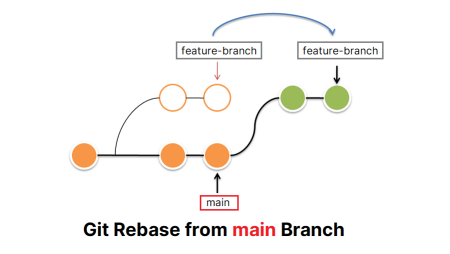Alpine Linux is a lightweight, security-oriented Linux distribution designed for routers, firewalls, VPN gateways, and servers. It uses the musl libc library and BusyBox utilities, making it small and efficient. One of the core features of Alpine Linux is its package manager, apk. Apk is a simple command-line tool for managing software packages on Alpine Linux.
In this article, we will explore 12 apk commands for Alpine Linux package management.
Apk Command Examples in Alpine Linux
Here are the 12 basic `apk` command line examples for package management in Alpine Linux.
apk update– Update PackageThe first command you should run after installing Alpine Linux is apk update. This command updates the package index on your system, ensuring that you have access to the latest packages available for your distribution. It is recommended to run this command regularly to keep your system up-to-date.
To update the package index on your system, simply run the command:
apk updateapk search– Search for Available PackageApk search allows you to search for packages in the Alpine Linux repository. You can search by package name or description using keywords. For example, to search for the nano text editor, you can use the command apk search nano.
apk search nanoapk add– Installing New PackagesApk add is used to install packages on your system. To install a package, simply type apk add package_name. For example, to install the nano text editor, you can use the command apk add nano.
apk add nanoapk upgrade– Upgrade all packagesApk upgrade is used to upgrade installed packages to their latest available versions. This command will upgrade all installed packages, including their dependencies. To run the upgrade, use the command apk upgrade.
apk upgradeapk del– delete packageApk del is used to remove packages from your system. To remove a package, use the command apk del package_name. For example, to remove the nano text editor, you can use the command apk del nano.
apk del nanoapk info– Getting package detailsApk info displays detailed information about a package. To view information about a package, use the command apk info package_name. This command displays information such as the package version, description, and dependencies.
apk info nanoapk cache– Managing cacheApk cache is used to manage the package cache on your system. This command allows you to view and manage the cache of downloaded packages. For example, to view the size of the package cache, you can use the command apk cache size.
apk cache sizeapk policy– Display package policiesApk policy displays the installation policies for packages on your system. This command shows the preferred repositories and architectures for package installations. To view the installation policies, use the command apk policy.
apk policyapk index– Create or update package indexApk index is used to create or update a package index for a local repository. This command is used to create custom packages for Alpine Linux. To create a package index, use the command apk index -o package_index.tar.gz package_directory.
apk index -o my_packages.tar.gz /mnt/packagesapk audit– Audit security vulnerabilitiesApk audit checks installed packages for security vulnerabilities. This command compares installed packages against a database of known vulnerabilities and generates a report of any vulnerabilities found. To run a security audit, use the command apk audit.
apk auditapk fix– Fixed broken or missing dependenciesApk fix is used to fix package dependencies that are broken or missing. This command resolves dependencies by installing any missing packages or upgrading packages to satisfy dependency requirements. To fix package dependencies, use the command apk fix.
apk fixapk stats– Display statics for packageApk stats displays statistics about installed packages on your system. This command shows the total number of installed packages, their size, and the total size of the package cache. To view package statistics, use the command apk stats.
apk stats
Conclusion
In conclusion, the apk command-line tool is a powerful package manager for Alpine Linux. These 12 apk commands are essential for managing software packages on your system. With these commands, you can search for packages, install, upgrade, and remove packages, manage the package cache, create custom packages, and perform security audits on your system. It is recommended to run these commands regularly to keep your system up-to-date and secure.

